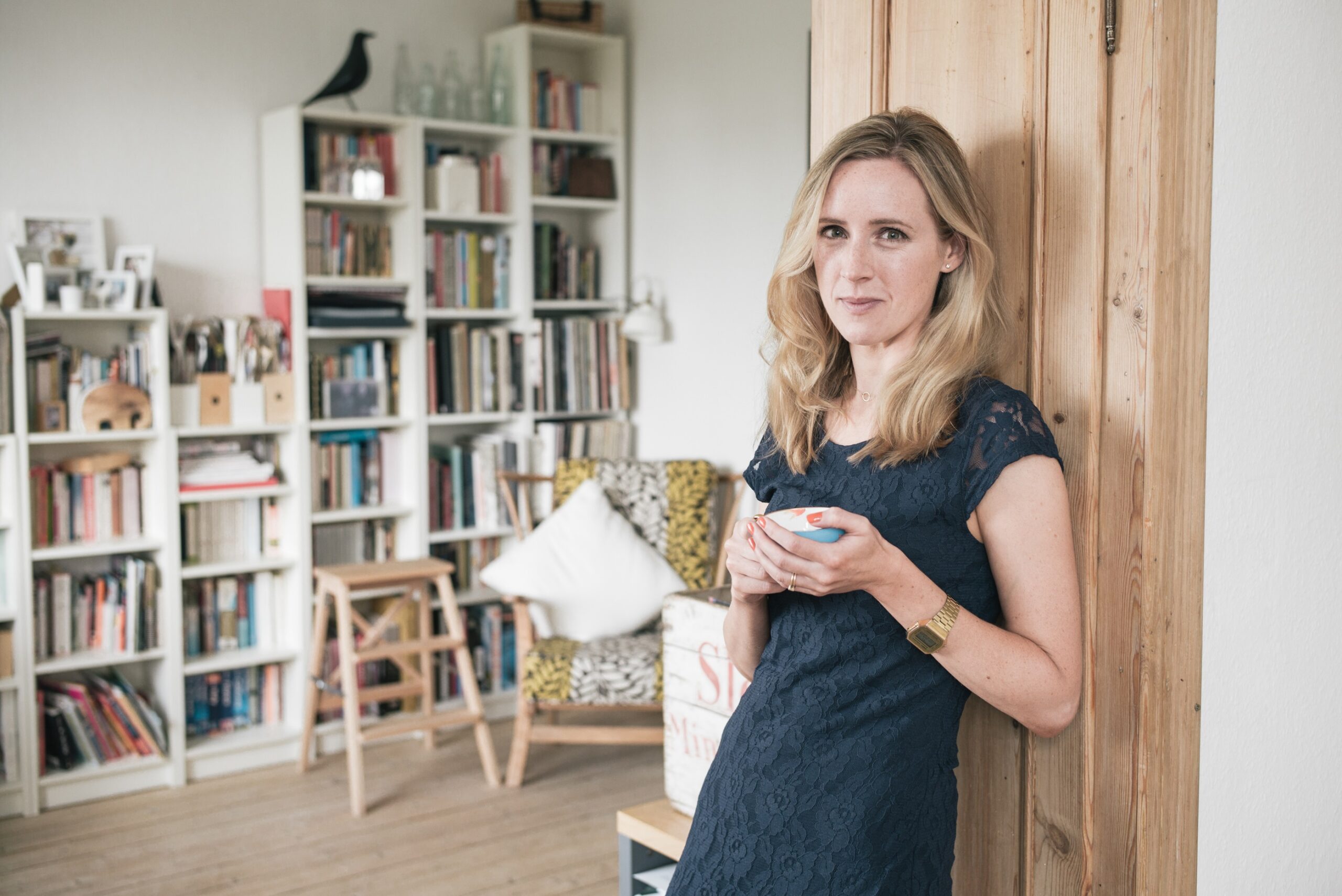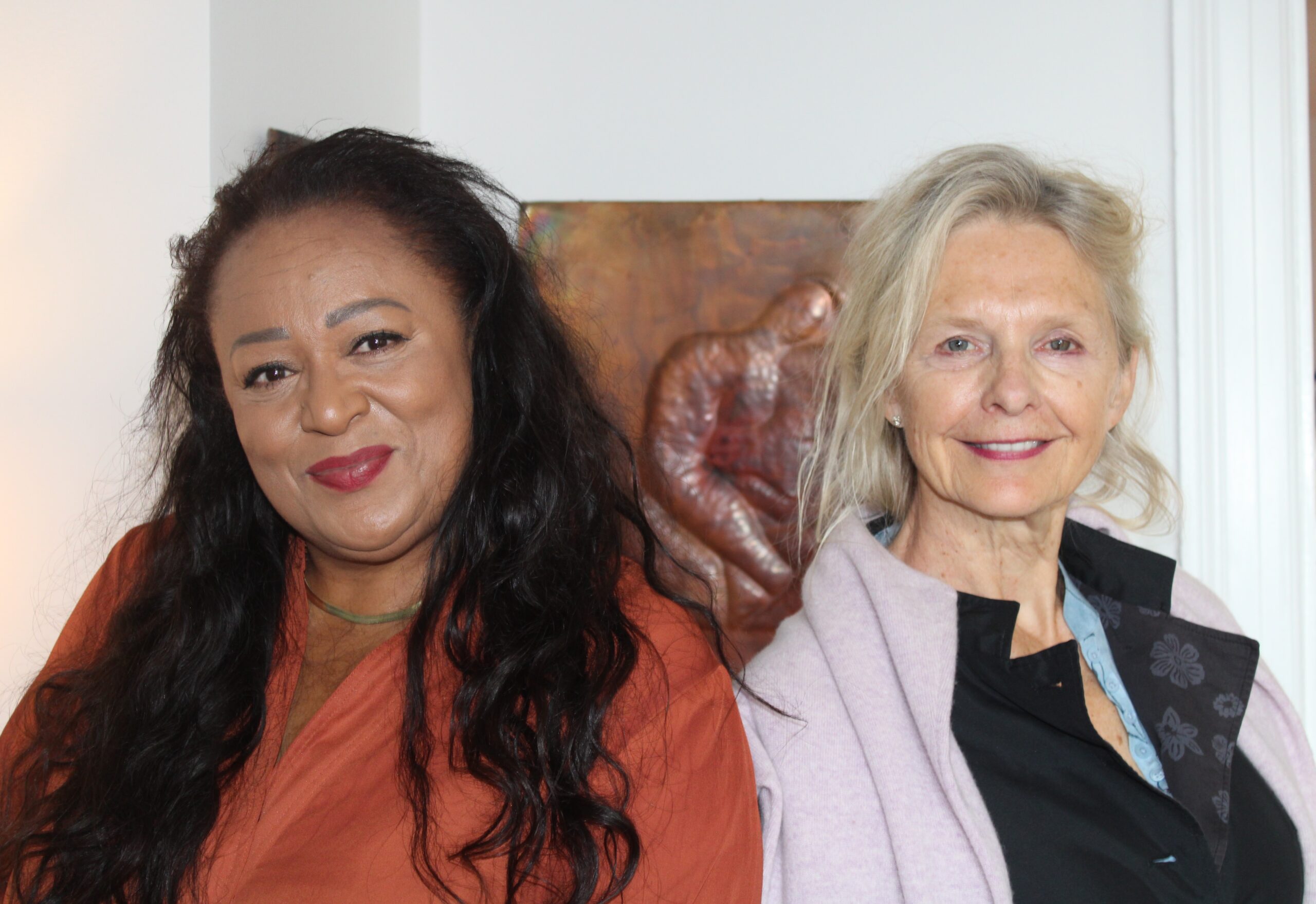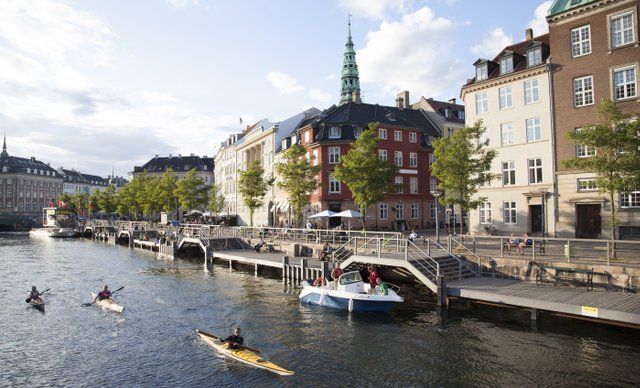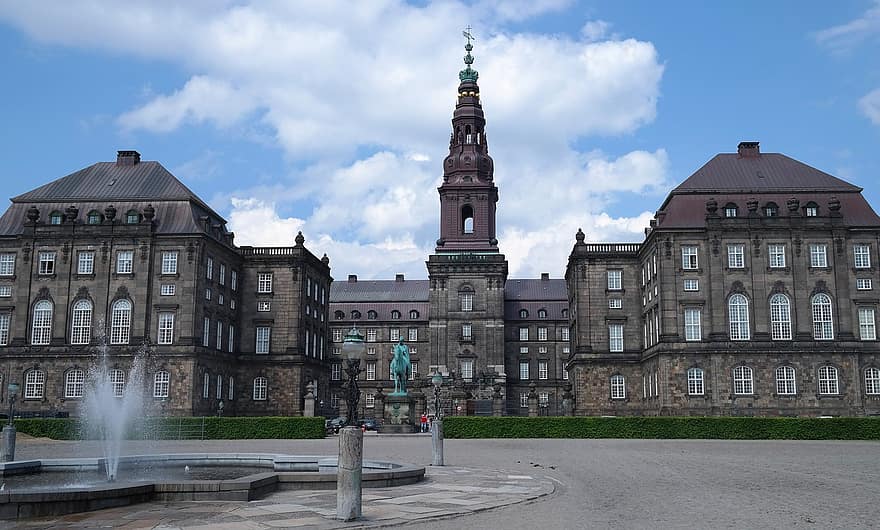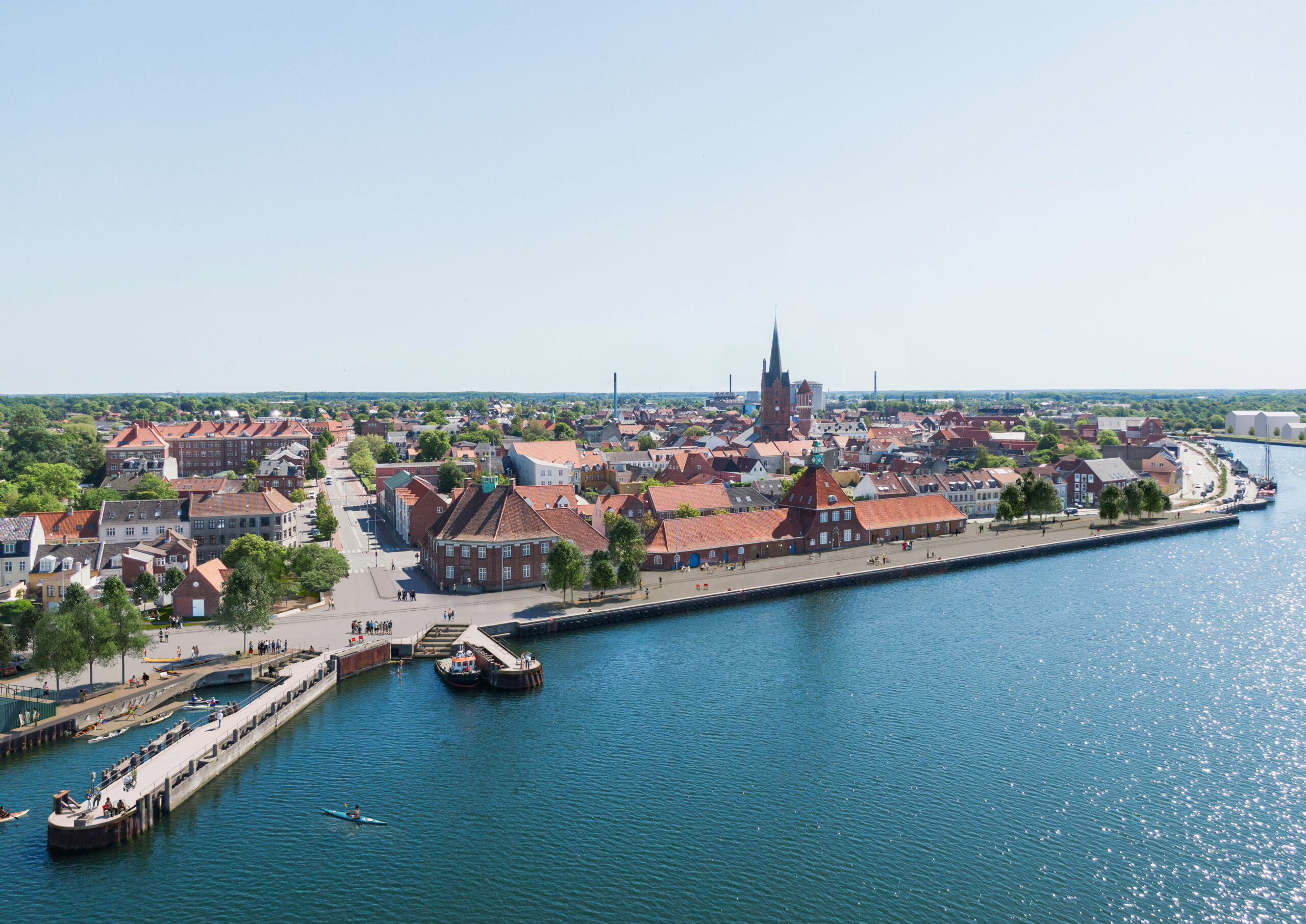
With its well-functioning democracy, guaranteed childcare, free healthcare and sandy beaches, it’s no wonder Danes consistently rank highly in international happiness surveys.
The first ever World Happiness Report, which was commissioned for the UN Conference on Happiness in April 2012, also ranked Denmark first, but some are now questioning whether this happiness fluctuates with the seasons.
For some, like Susanne Rieneck Pedersen, a normally bright, friendly receptionist at the Novo Nordisk Foundation’s Center for Biosustainability, the winter gloom “is like a huge wet blanket”.
“Even I get sad when it’s dark when you leave for work, dark when you get home and occasionally grey-on-grey in between. I miss seeing the blue sky high above.”
Few Danes would argue with that. In fact, in medical circles it is referred to as seasonal affective disorder – abbreviated as SAD – a condition that causes people to feel tired, stressed and unhappy. In the study ‘Winter Seasonal Affective Disorder: A Global, Biocultural Perspective’, Barry S Whitehead summarises 30 cases in 17 countries worldwide. Denmark’s rate of SAD is beaten only by one region of the US and Russia. And while the average worldwide SAD rate is a modest 5.77, in Denmark it is 12.4.
But how can SAD Danes be so happy?
Recent headlines reflecting a Gallup World Poll release from 19 December 2012 claimed that Latin Americans were the world’s happiest people. Is that because the poll was published in the depths of winter?
Vancouver-based John Helliwell, the co-editor of the World Happiness Report and co-director of the ‘Canadian Institute for Advanced Research programme on social interactions, identity and well-being’, explained that it has to do with questions that apply specifically to ‘yesterday’.
The Gallup World Poll measured the prevalence of different emotions people said they felt the previous day. Denmark’s top ranking in the World Happiness Report applies, he said, to overall life evaluations, but Danes are never near the top when it comes to to questions such as ‘Did you smile or laugh a lot yesterday?’
“Life evaluations are more strongly related to differences in factors well-established as sources of subjective well-being – having someone to count on, sufficient income levels, absence of corruption, good health and a sense of freedom to make key life decisions.”
Helliwell quickly established that the recent Gallup survey showing Denmark at number 16 for the previous day’s emotions still ranks the country as the leader for more meaningful life evaluations. However, it also emerged that the Danish survey was conducted in the late spring, so the winter blues were not a contributory factor.
Initially, Helliwell was sceptical about seasonal fluctuations. “We have looked for seasonal patterns and find them absent in life evaluations and uneven and small for emotions,” he said.
However, after comparing the 2007 Danish participation in the Gallup World Poll, which took place in December of that year, with those in the preceding and following years, which all took place in the spring or summer, he reached an interesting conclusion. Though 60 percent of respondents reported feeling happy the day before, with no significant difference between the December poll and those in the spring or summer, the proportion of Danish respondents who reported feeling sadness the previous day was 19 percent in the December 2007 poll, compared with 14 percent in the spring and summer polls – a modest but statistically significant difference.
So where does that leave the Danes?
Slightly sadder in winter but generally happy with their lives, though perhaps not as cheery about it in public as you would expect. And behind closed doors?
As Helliwell explained: “Plenty of experimental evidence now suggests that singing together, and laughing together, are hugely effective sources of happiness.”
So while outsiders may find it tough sitting through hours and hours of speeches and songs at Danish weddings, confirmations and birthday parties, it appears that there may just be method in their madness.

